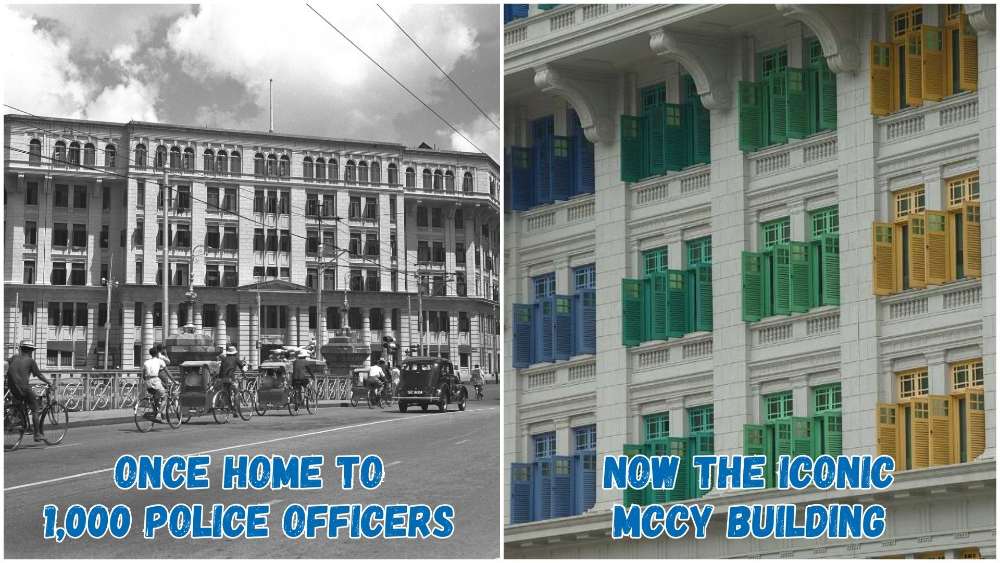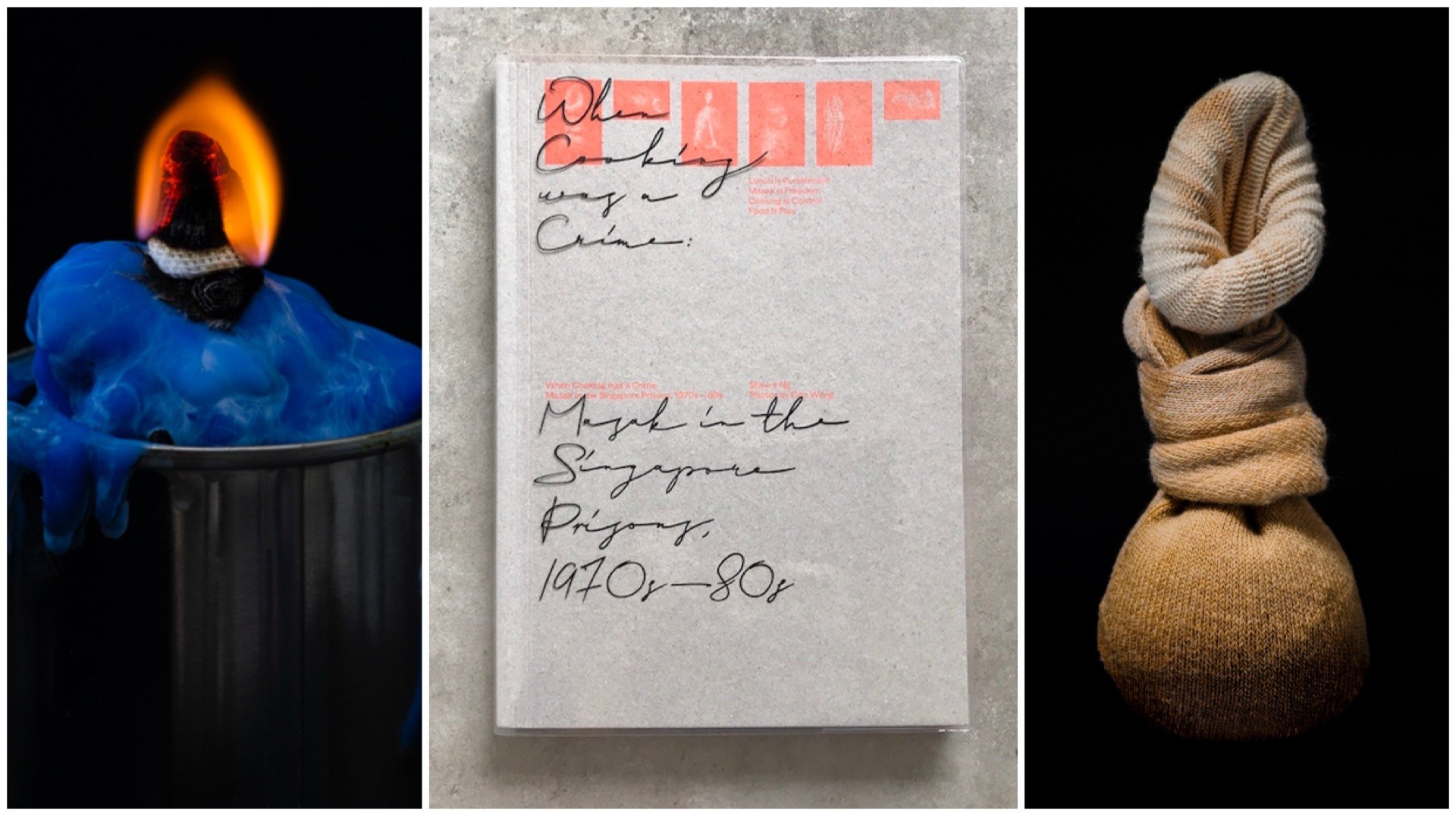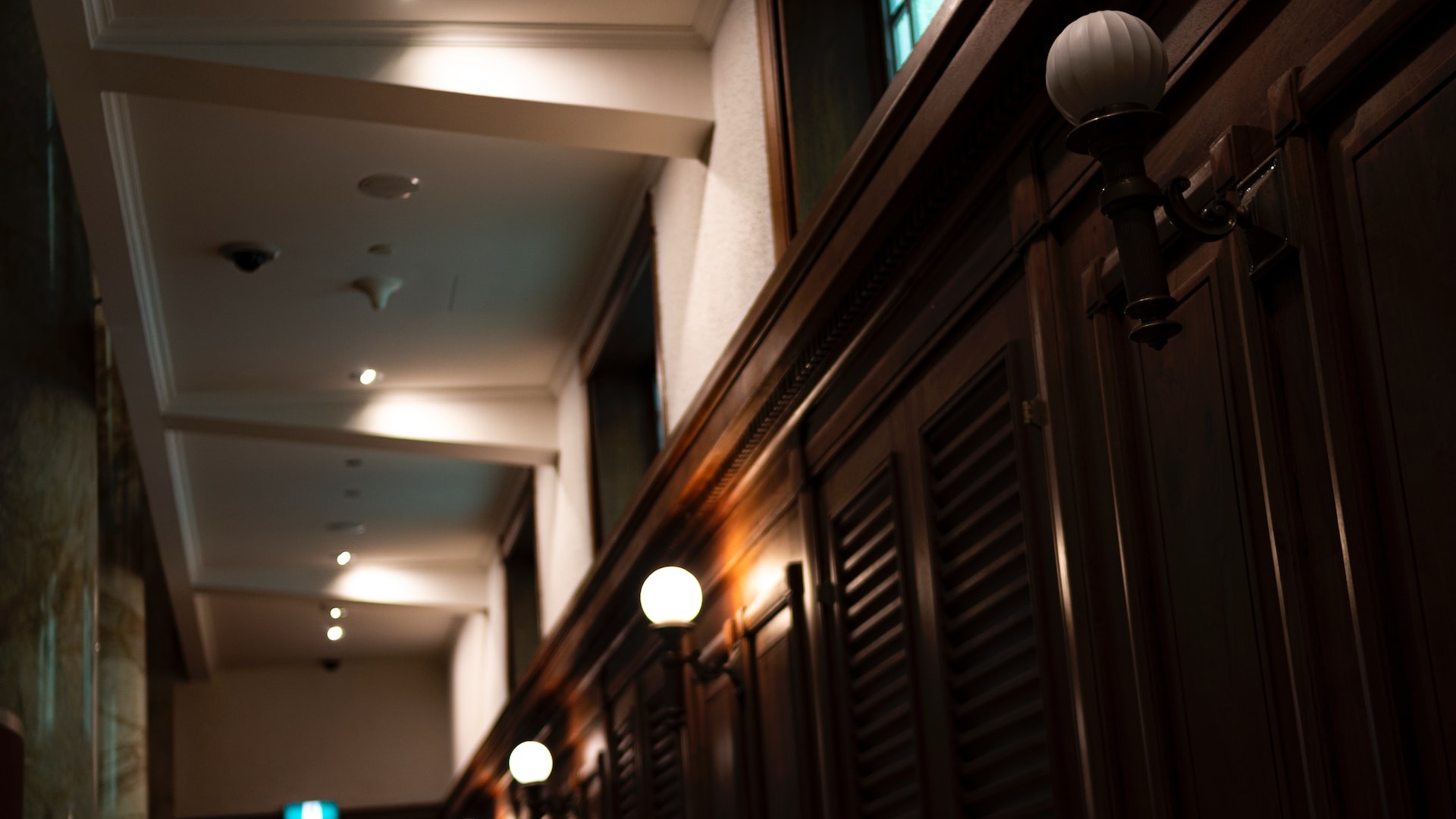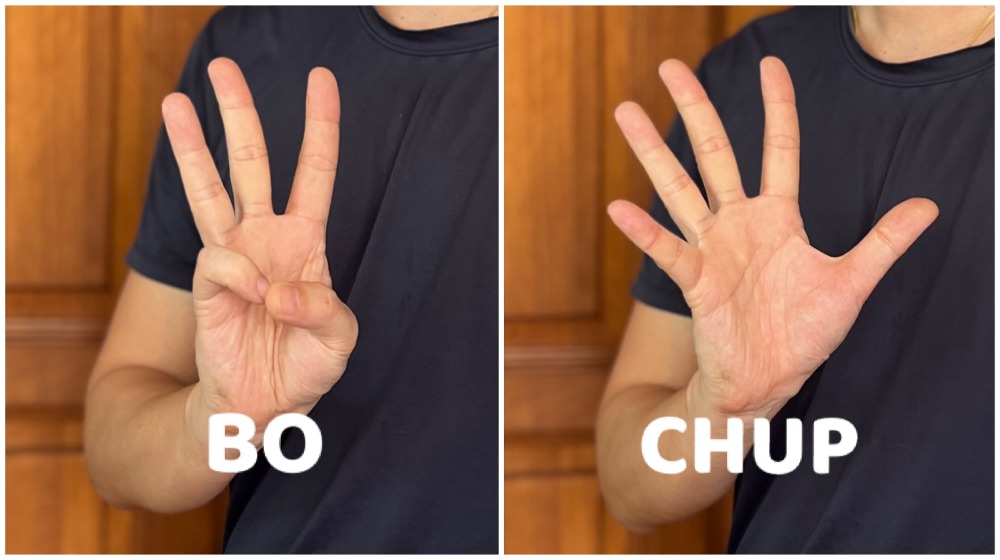New Book Offers Unsavoury Glimpse Into 70s-80s Prison "Masak" Culture
In Malay, “masak” means “to cook”. In our childhood, “masak-masak” meant pretending to cook, but for many inmates in Singapore’s prisons and Drug Rehabilitation Centres (DRCs) during the ’70s and ’80s, “masak” was a favourite pastime, but also a criminal offence.
A new book, “When Cooking Was A Crime: Masak In The Singapore Prisons, 1970s-1980s”, offers a rare glimpse into prison life by exploring how food took on new meanings and tastes for those behind bars.
Writer and researcher Sheere Ng from the writing studio In Plain Words, which published the book, interviewed eight former inmates and documented their memories of cooking supper inside their cells and dormitories.
Former photojournalist Don Wong complements their stories with photographic recreations of 35 objects and dishes often used in the masak culture.
“In Singapore, food is strongly associated with family ties and national pride. Taking an interest in the other kinds of relationships with food, such as the ones that arose from deprivations in prisons, offers an opportunity to get to know people and situations different from our own,” says Sheere.
“At the beginning of my research, instead seeing the creativity in masak for what it was, I counted it as an evidence for a ‘criminal mind’. The term is ill-defined and unhelpful, preventing us from recognising inmates, former or present, as multifaceted individuals.”
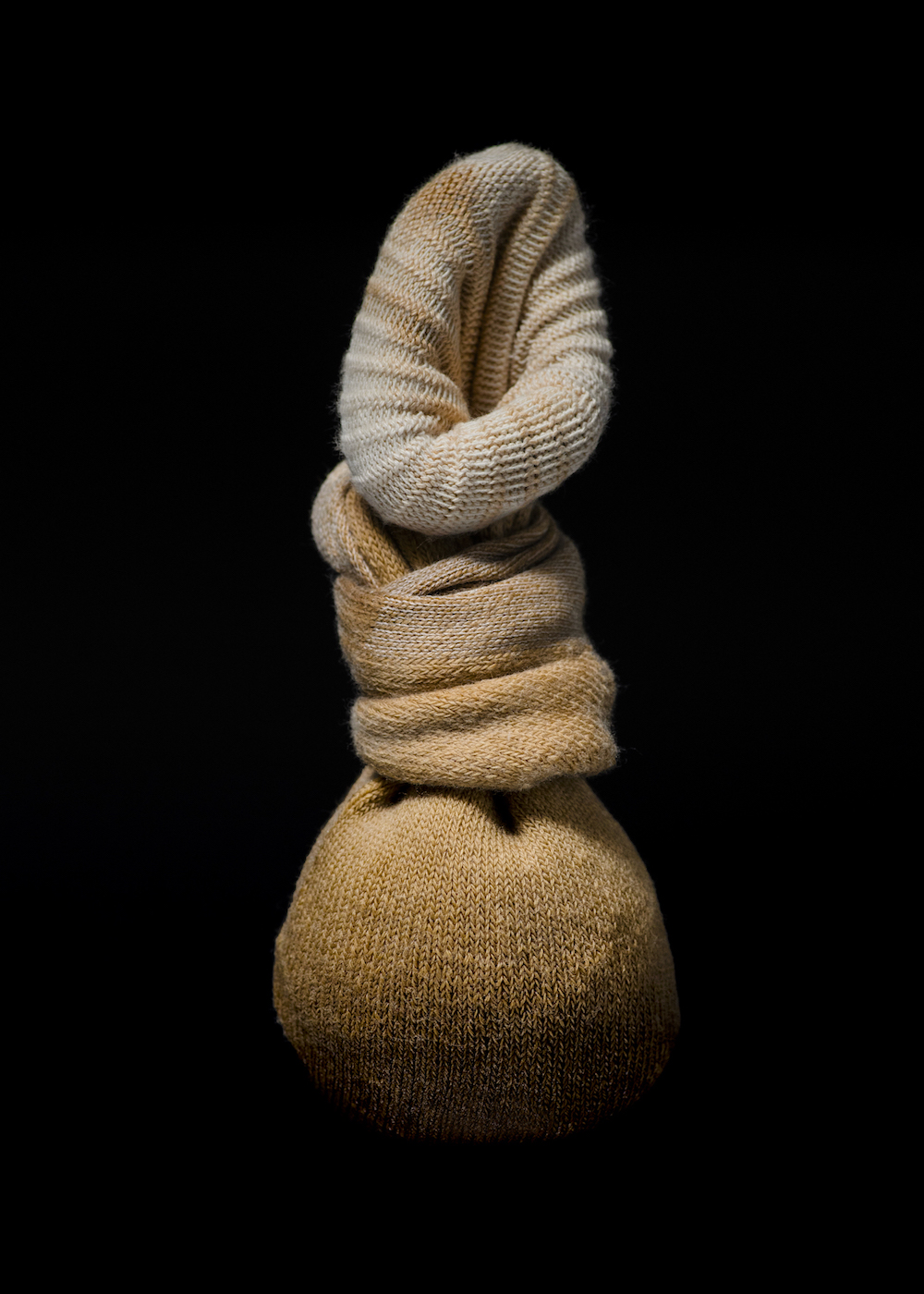
Sheere’s hope for this book is to explore what food meant to the former inmates and why it held such a central place in their incarcerated lives, and in doing so, to open minds about a group of people whose lives are often hidden from view.
Here, some mind-blowing facts about that masak culture:
1. Cooking behind bars was actually a crime.
Cooking supper was carried out illegally inside their cells or dormitories. The elaborate operation of masak was carefully timed to coincide with the period when the warders were not scheduled to patrol between the last muster at 7pm and lights out at 9pm. Freed from supervision, inmates turned chamber pots and mugs into cooking pots, and created fuel from plastic bags and blankets.
2. Masak showcased the inmates’ creativity at their best.
Some of their most extraordinary ideas came from the need to create fuel and build a stove. Toilet paper was spread with margarine to improve combustion. Food trays were smashed and melted into candle wax.
Starting a fire was even more elaborate: In prison, tightly-rationed matchsticks for smoking were half-coated with toothpaste so they could be reused. As smoking was banned in DRCs, inmates managed to spark fire with a flint and razor blade, caveman-style.
Said one former inmate: “If there was no cotton or blanket, we aimed the spark directly at a piece of cloth, and then a few of us kept blowing air at it, until it was burnt throughout. I think Kenny G’s diaphragm just might pale in comparison to ours!”
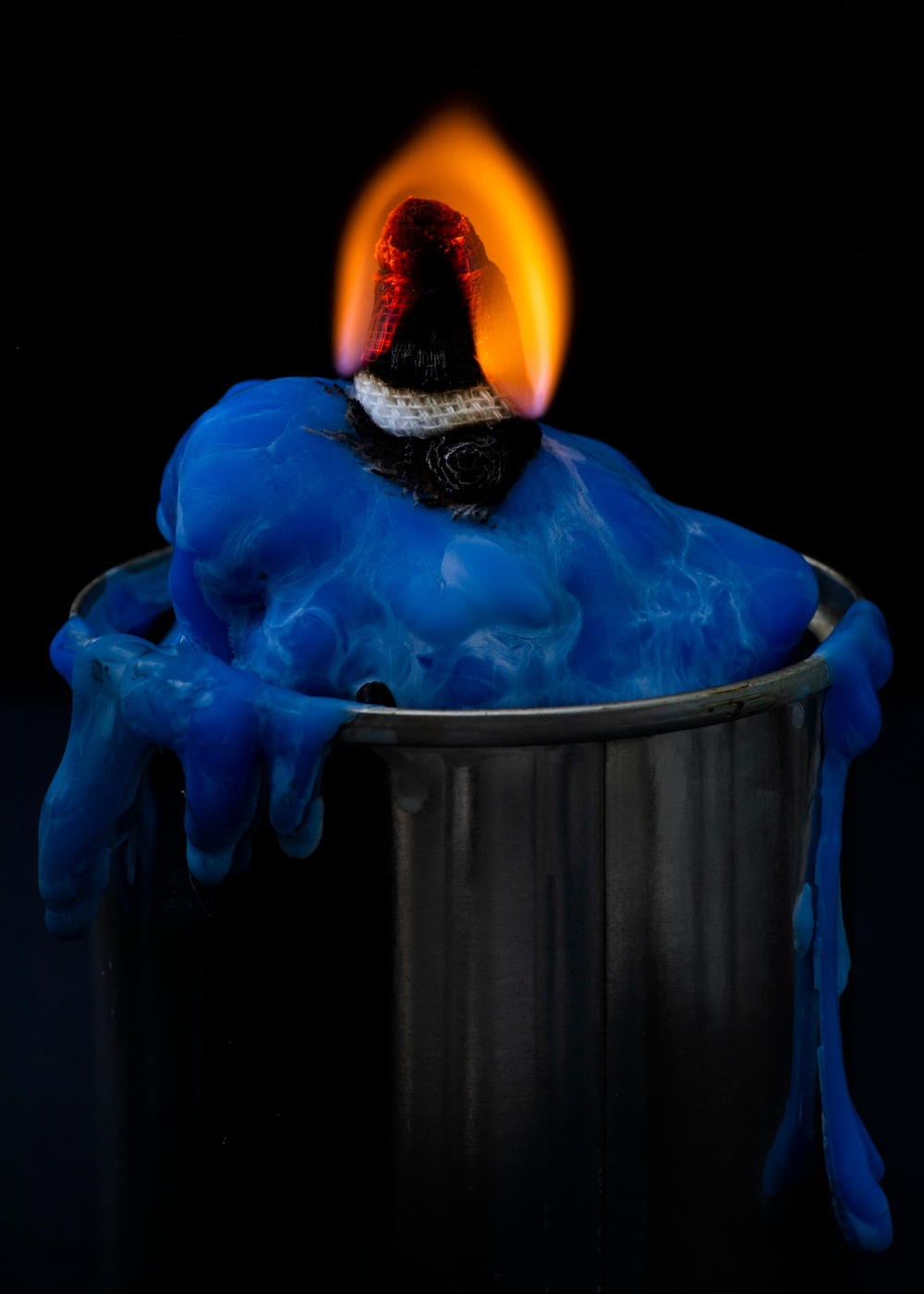
3. It was mainly Chinese males who bothered to masak.
Masak was widespread among male inmates but it did not take off in similar facilities for females, although detainees there occasionally put together no-bake cakes with chocolate bars and bread, just as their male counterparts did.
It was also primarily a pastime among the Chinese. While the ethnic minorities might have attempted to heat up their food, it was mostly the Chinese who cared to concoct a dish. It is not clear why this was so.
4. Lunch was punishment.
In the 1970s and 1980s, daily meals at these facilities were cooked and packed individually by a group of inmates. Lunch had to be prepared by 10am and dinner ready as early as 3pm in order to deliver them on time to hundreds or even thousands of hungry men. Thus, food was always served cold.
The menu was also repetitive. Breakfast was sliced bread with margarine or jam. Lunch consisted of fish or tau kwa, vegetables and rice. Once a week, reprieve came in the form of fried noodles. Dinner was similar to lunch, except meat was served instead of fish on alternate days.
Only the Chinese got to eat pork while mutton was reserved for the Malays and Indians. Chicken was available only about once a month.
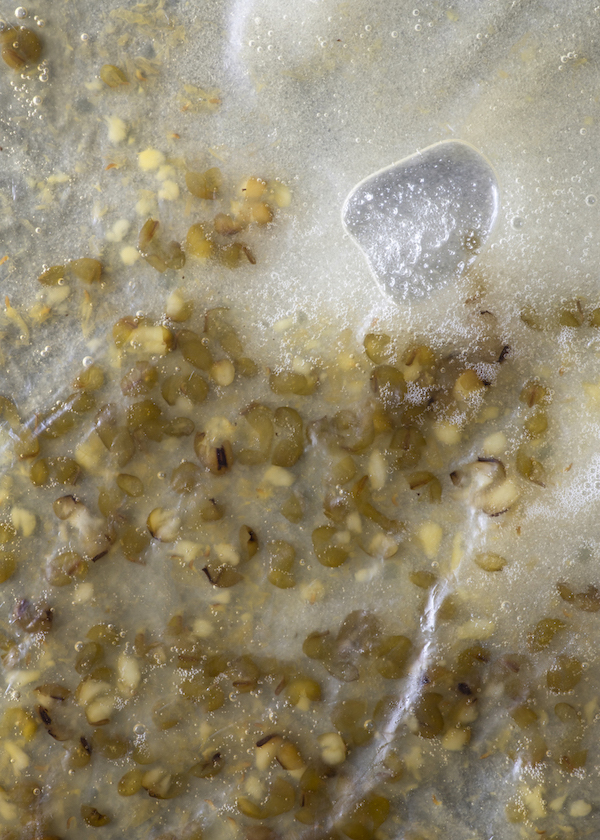
5. Food was horrible, and that was partly the fault of fellow inmates.
The inmates who were assigned as cooks made the situation worse for their peers. Many signed up for the job because they saw an opportunity to siphon off ingredients and better portions for themselves.
Informally labelled “dapur” (Malay for “kitchen”), these men were usually selected for the job because they had prior experience in professional cooking. However, the dapur tended to opt for easy cooking methods so as to get off work early. Meats and vegetables were simply boiled in a mild sauce, or just plain water, giving rise to prison parlance such as “sio jui kue”, which means “swimming chicken” in Hokkien.
The dapur were brazen because they ruled a kitchen typically staffed by fellow gang members whom they had helped recruit. Such an environment empowered the dapur to gift drumsticks or Milo to whomever they liked.
6. They knew their tau kwa and “radio bak” too well.
Inmates who went to jail between the 1970s and 1990s were well acquainted with tau kwa. The pressed tofu square was served – fried or boiled in soy sauce – at every lunch without fail. The dread of eating yet another piece of tofu prompted inmates to set it aside to masak dishes such as mixed stews, laksa and porridge.
Pork belly was a constant feature of the meals given to Chinese inmates, though it was far from luxurious. The dish was often referred to as “radio bak ” or “radio meat”, because the pork was usually cooked to death in boiling water as the dapur were distracted by their favourite radio programme while cooking in the kitchen.
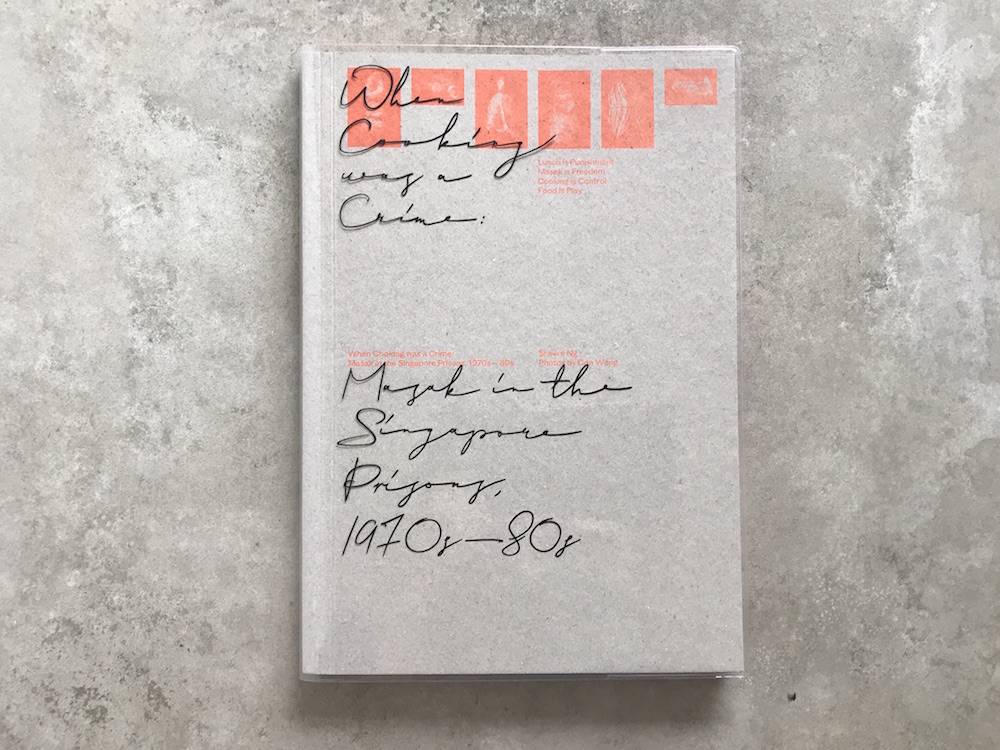
For the latest updates on Wonderwall.sg, be sure to follow us on Facebook and Instagram. If you have a story idea for us, email us at [email protected].

